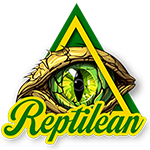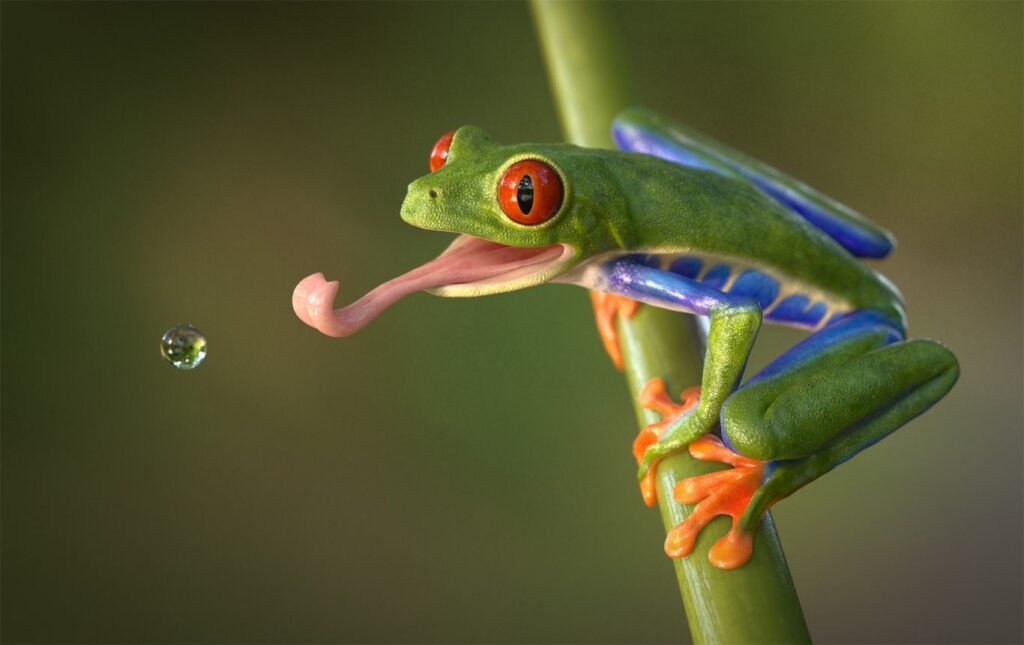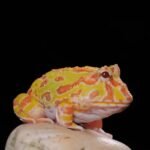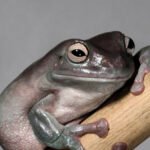Categories: Amphibians, Arboreal Frogs, Insectivorous Pets
Red-Eyed Tree Frogs: Vibrant Canopy Dwellers of the Rainforest
Meta Description: Explore the captivating world of Red-Eyed Tree Frogs. Learn about their care, unique features, and why they’re a favorite among amphibian enthusiasts. Expert advice for both novice and experienced keepers.
red-eyed tree frog, agalychnis callidryas, arboreal frog, amphibian pet, frog care, rainforest vivarium, exotic pet, tree frog husbandry, nocturnal frog, Central American frog
Red-Eyed Tree Frogs: Vibrant Canopy Dwellers of the Rainforest
Introduction to Red-Eyed Tree Frogs

Welcome to the mesmerizing world of Red-Eyed Tree Frogs! Scientifically known as Agalychnis callidryas, these stunning amphibians have become iconic symbols of rainforest biodiversity. With their vibrant green bodies, striking red eyes, and blue-and-yellow flanks, Red-Eyed Tree Frogs are not only beautiful but also fascinating in their behavior and adaptations. In this comprehensive guide, we’ll explore everything you need to know about these captivating creatures.
Natural History and Origin
Red-Eyed Tree Frogs are native to the Neotropical rainforests of Central America, ranging from southern Mexico to Panama, and parts of northern Colombia. They inhabit the canopy of tropical and subtropical forests, typically found near water sources.
These frogs are primarily nocturnal, spending their days sleeping on the underside of leaves. Their bright coloration serves as a defense mechanism known as startle coloration. When disturbed, they flash their large red eyes and colorful flanks to momentarily confuse predators, giving them a chance to escape.
Physical Characteristics
Red-Eyed Tree Frogs possess several distinctive features:
- Size: Adults typically reach 2-3 inches (5-7.5 cm) in body length.
- Weight: Generally 6-15 grams when fully grown.
- Eyes: Large, bright red eyes with vertical pupils.
- Body Color: Vibrant green dorsal surface with blue and yellow stripes on the flanks.
- Feet: Large toe pads for climbing and gripping.
- Skin: Smooth, moist skin that can slightly change color based on mood and environment.
- Sexual Dimorphism: Females are typically larger than males.
Red-Eyed Tree Frog Care: Creating the Ideal Habitat
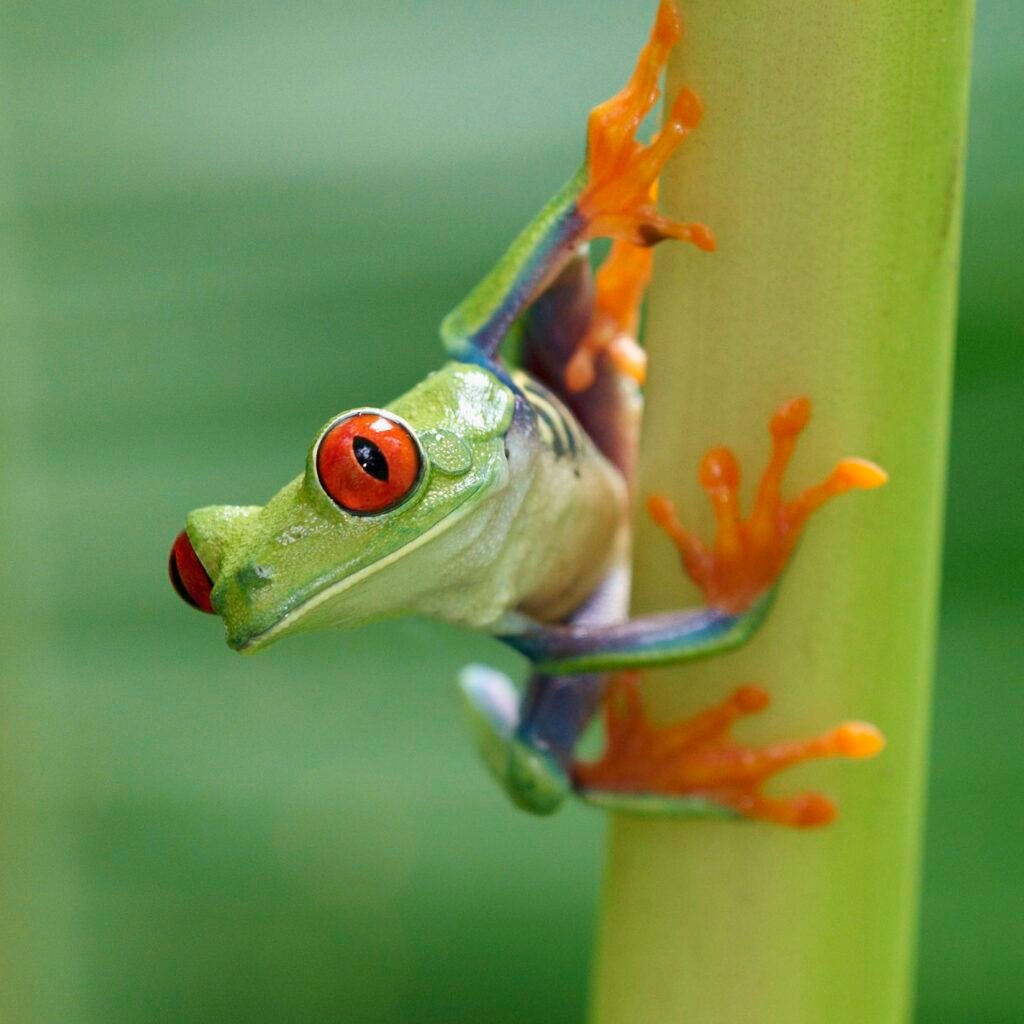
Providing a suitable enclosure is crucial for the health and well-being of your Red-Eyed Tree Frog:
- Enclosure Size:
- Minimum size for a pair: 18″ x 18″ x 24″ tall terrarium
- Larger enclosures are always better to mimic their natural habitat
- Substrate:
- Use a mixture of coconut fiber, sphagnum moss, and orchid bark
- Ensure proper drainage to prevent water stagnation
- Temperature:
- Daytime temperature: 75-85°F (24-29°C)
- Nighttime temperature: 65-75°F (18-24°C)
- Use a low-wattage heat lamp if needed
- Humidity:
- Maintain high humidity levels, around 70-80%
- Mist the enclosure twice daily or use an automatic misting system
- Lighting:
- Provide UVB lighting for 10-12 hours a day
- Use a timer to maintain a consistent day/night cycle
- Plants and Decor:
- Include live or artificial plants for climbing and hiding
- Add branches and vines to create vertical space
- Water Feature:
- Include a shallow water dish or small pond for soaking
- Ensure the water is clean and dechlorinated
Diet and Nutrition
Red-Eyed Tree Frogs are insectivores:
- Staple Foods:
- Crickets, fruit flies, and small roaches
- Occasional Treats:
- Waxworms, small mealworms, and moth larvae
- Feeding Schedule:
- Adults: Feed 2-3 times a week
- Juveniles: Feed daily
- Portion Size:
- Offer 3-6 appropriately sized insects per feeding
- Supplements:
- Dust insects with a calcium supplement at every feeding
- Use a multivitamin supplement once a week
- Hydration:
- Mist the enclosure to provide water droplets for drinking
- Some frogs may drink from a shallow water dish
Common Health Issues
While Red-Eyed Tree Frogs are generally hardy, they can face several health issues:
- Metabolic Bone Disease:
- Caused by calcium deficiency or improper UVB exposure
- Symptoms include weak limbs and deformed bones
- Bacterial and Fungal Infections:
- Often due to poor hygiene or improper humidity
- Symptoms include skin discoloration, lethargy, and loss of appetite
- Parasites:
- Can affect both wild-caught and captive-bred frogs
- Regular fecal exams by a veterinarian are recommended
- Stress-related Issues:
- Can lead to decreased appetite and lowered immune function
- Provide adequate hiding spots and minimize handling
- Red Leg Syndrome:
- Bacterial infection that can be fatal if untreated
- Symptoms include reddening of the skin on the underside of the legs and abdomen
Regular check-ups with an amphibian-experienced veterinarian are essential for maintaining your pet’s health.
Behavior and Handling
Understanding Red-Eyed Tree Frog behavior is key to successful ownership:
- Nocturnal Activity: Most active during night hours.
- Climbing: Excellent climbers that spend most of their time in elevated positions.
- Sleeping Behavior: Often sleep on the underside of leaves with legs tucked under the body.
- Vocalization: Males produce a distinct “chack” sound to attract mates.
- Handling: Can be handled gently but should be kept to a minimum to reduce stress.
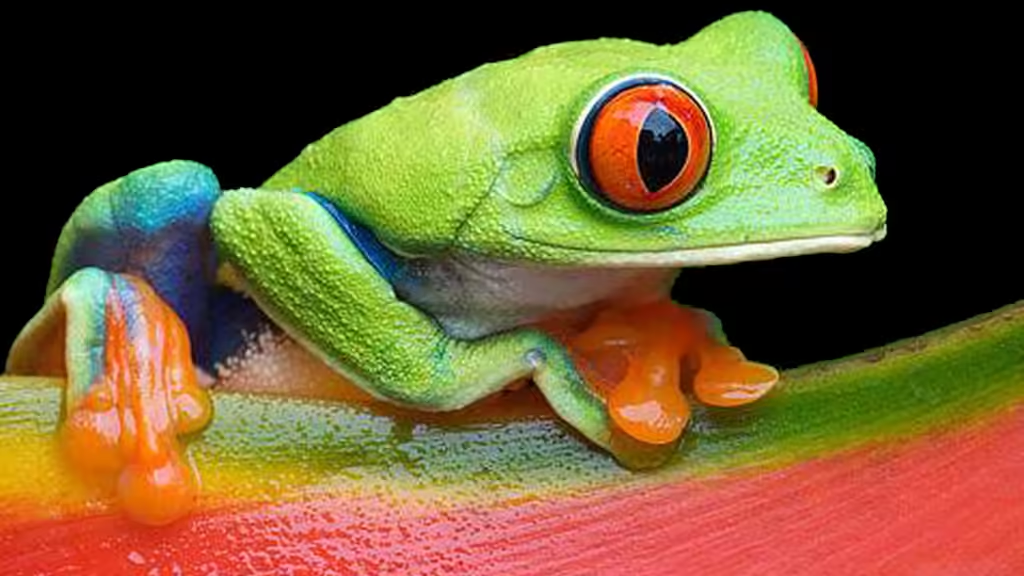
FAQs About Red-Eyed Tree Frogs
Q: How long do Red-Eyed Tree Frogs live?
A: With proper care, they can live 5-10 years in captivity.
Q: Can Red-Eyed Tree Frogs change color?
A: They can slightly alter their shade based on temperature, mood, and time of day.
Q: Are Red-Eyed Tree Frogs good pets for beginners?
A: They require specific care and are better suited for keepers with some amphibian experience.
Q: How often do Red-Eyed Tree Frogs shed?
A: They shed their skin regularly, often eating the shed skin for its nutritional value.
Q: Do Red-Eyed Tree Frogs recognize their owners?
A: While they may become accustomed to routine, they don’t form bonds with humans like some pets do.
Estimated Prices for Red-Eyed Tree Frogs in Different Countries
Please note that these are rough estimates and prices can vary based on availability and source.
| Country | Estimated Price Range (in local currency) | Approximate USD Equivalent |
|---|---|---|
| United States | $40 – $100 | $40 – $100 |
| United Kingdom | £30 – £80 | $40 – $110 |
| Canada | CAD 50 – CAD 120 | $40 – $95 |
| Germany | €35 – €90 | $40 – $105 |
| Australia | AUD 60 – AUD 150 | $40 – $100 |
| Japan | ¥5,000 – ¥12,000 | $45 – $110 |
Quick Facts About Red-Eyed Tree Frogs
| Characteristic | Information |
|---|---|
| Scientific Name | Agalychnis callidryas |
| Average Size | 2-3 inches (5-7.5 cm) |
| Lifespan | 5-10 years in captivity |
| Native Habitat | Central America, parts of Colombia |
| Diet | Insectivore |
| Temperature Range | 75-85°F (24-29°C) daytime |
| Humidity Range | 70-80% |
| Activity Pattern | Nocturnal |
| Temperament | Calm, can be handled gently |
| Social Structure | Can be kept in groups |
| Unique Features | Bright red eyes, vibrant coloration, excellent climber |
| Conservation Status | Least Concern (IUCN), but habitat threatened |
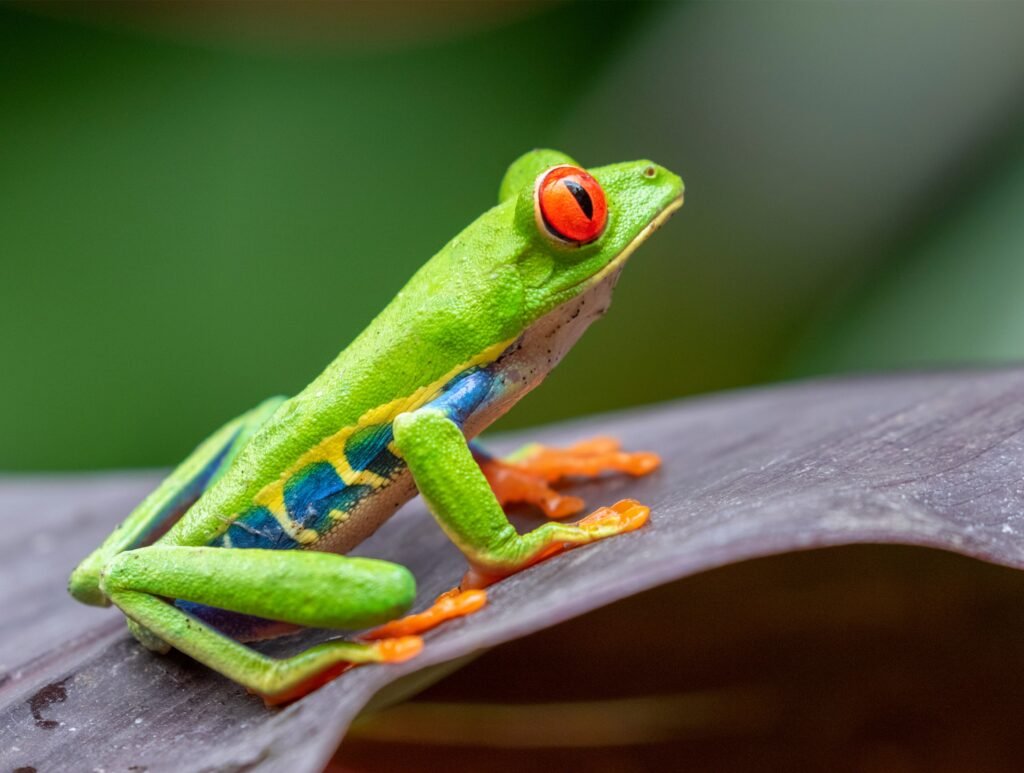
In conclusion, Red-Eyed Tree Frogs are stunning amphibians that offer a glimpse into the beautiful biodiversity of rainforest ecosystems. While they require specific care and are not ideal for complete beginners, they can be rewarding pets for those willing to meet their needs. By providing a proper habitat, diet, and care, you can ensure that your Red-Eyed Tree Frog thrives in captivity. Remember to continue researching and consulting with amphibian veterinarians and experienced keepers to provide the best possible care for your colorful canopy dweller. Embrace the adventure of Red-Eyed Tree Frog ownership, and you’ll discover a world of nocturnal wonders and vibrant beauty right in your own home!
